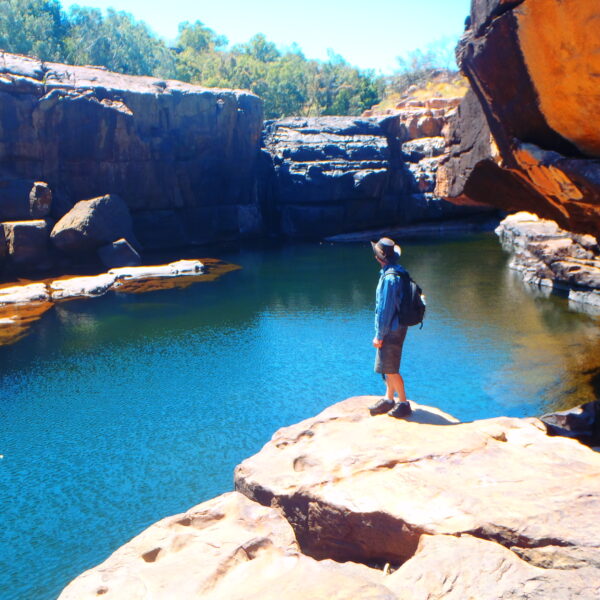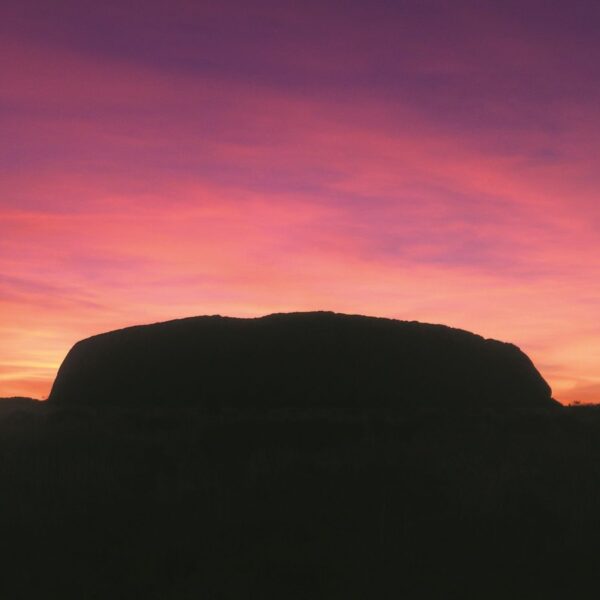- Victoria
- QLD
- Noosa
- Cairns and Great Barrier Reef tours, shuttle services and things to do
- Byron Bay
- Gold Coast
- Brisbane Tours
- Brisbane and Beyond Experiences
- Fraser Island
- Queensland Cruises
- Queensland Airline, Charter and Scenic Flights
- Sunshine coast Queensland
- Airport/Shuttle Bus Service QLD
- Queensland Winery Tours
- Queensland Multi Day Tours
- NSW
- Port Stephens
- Blue Mountains Tour Package in Australia
- Hunter Valley
- Sydney Cruises
- Canberra Tours
- Byron Bay Tours
- Sydney City Tours
- NSW Things To Do
- Multi Day Tours NSW
- NSW South Coast Tours
- Sydney Day Tours
- Sydney Scenic Flights
- NSW Private Tours/Charters
- Airport/Shuttle Bus Service
- Others in New South Wales
- Sydney and Beyond Experiences
- Tasmania
- Northern Territory
- South Australia
- Adelaide City
- SA Things To Do
- Kangaroos Island
- Multi Day Tours
- Adelaide Day Tours
- South Australia Cruises
- Private Tours/Charters
- Hahndorf Day Tours
- SA Beer & Winery Tours including Barossa Valley
- Airport & Shuttle Services
- Adelaide and Beyond Experiences
- South Australia Winery Tours
- South Australia Multi Day Tours
- Barossa Valley Winery Tours
- Other Tours in South Australia
- Western Australia
- Scenic Cruises
- Perth Day Tours
- Broome Day Tours
- National Park Tours
- WA Things To Do
- Western Australia Cruises
- The Kimberley Day Tours
- Margaret River Beer & Winery Tours
- Other Tours in Western Australia
- Western Australia Multi Day Tours
- Airport Shuttle Services Private/Charter Tours
- Western Australia Scenic Flights
- Western Australia Winery Tours
- COVID 19
- Blog
- Faq
- Contact



